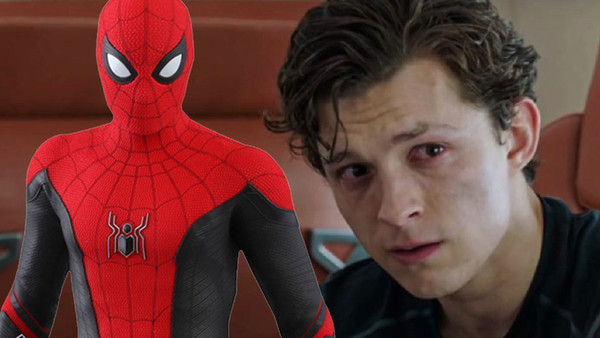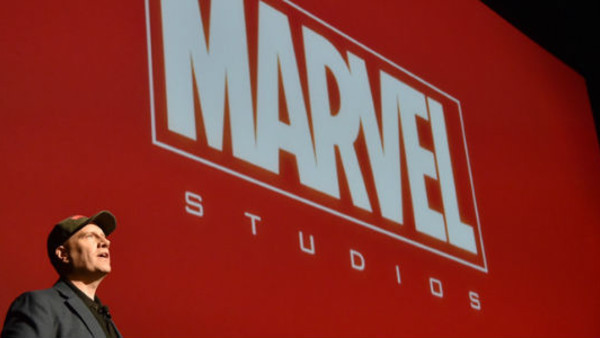Spider-Man: Homeless? - What's Next For Tom Holland's Peter Parker?
Pulled this way and that by Sony and Disney’s divorce, what’s next for Peter Parker?

It’s only a few short weeks since the arrival of Spider-Man: Far From Home in cinemas worldwide saw it become the most successful Spider-Man movie of all time. Yet behind the scenes, all wasn’t well for the Marvel Cinematic Universe’s version of the celebrated wallcrawler.
It turned out that Marvel Studios and their parent company, Disney, had reached an impasse with Sony. The deal that allowed Marvel to use the Spider-Man set of characters in the MCU was being renegotiated - and those renegotiations had spectacularly fallen apart.
So where does Spider-Man call home - Disney, or Sony? To answer that, let's refresh our memory as to how the two got together in the first place...
6. The Not-So-Secret Origin Of The MCU Spider-Man

How has it happened that Marvel can’t use one of their biggest and best known characters? Briefly, it’s because Sony own the movie licensing rights for the character, purchased back in the day when Marvel was in the midst of Chapter 11 proceedings and circling the drain. As long as they kept making Spider-Man movies, they’d keep those rights in perpetuity.
Sony’s efforts to create a viable Marvel sub-franchise had met with significant success over the years. Sam Raimi’s trilogy starring Tobey Maguire and Kirsten Dunst and Marc Webb’s reboot of the property with Andrew Garfield and Emma Roberts had yielded five movies of varying quality but high box office. But the Amazing Spider-Man reboot hadn’t been the boost that Sony’s had hoped for, and they were looking for yet another fresh start.
Enter Marvel Studios and Disney. The original deal allowed for Kevin Feige’s outfit to produce new Sony Spider-Man movies, with Sony retaining distribution and final creative control. As part of this new spirit of collaboration, MCU characters and situations would cross into these new Spider-Man movies, while Spider-Man himself would return the favour and crossover into other Marvel event movies, beginning with 2016’s Captain America: Civil War. Marvel got 5% of the first dollar gross for any solo Spider-Man films, and a better deal on the merchandising rights than the one that had previously been in effect.
However, to fans the backstage shenanigans and legal hoo-hah was irrelevant. No one watching the films could tell that Spider-Man was still an onscreen Sony product, because it had Marvel Studios and the MCU stamped all over it. In fact, it had Tony Stark stamped all over it: the MCU’s own Robert Downey Jr was synonymous with Tom Holland’s new Peter Parker, onscreen and off.
That’s how those crazy kids got together - so why’d they split up? Scuttlebutt (like gossip wearing a Starktech suit) is that Disney wanted a greater share in the financing of any future Spider-Man flicks - reports are anything from a third to half - along with a slightly reduced role for Kevin Feige. Sony blanched at sharing so much of their biggest property and walked away from the table, loudly claiming that Disney had made the decision to end the collaboration.
NEXT: SO WHAT WAS THE PLAN BEFORE IT ALL FELL APART?